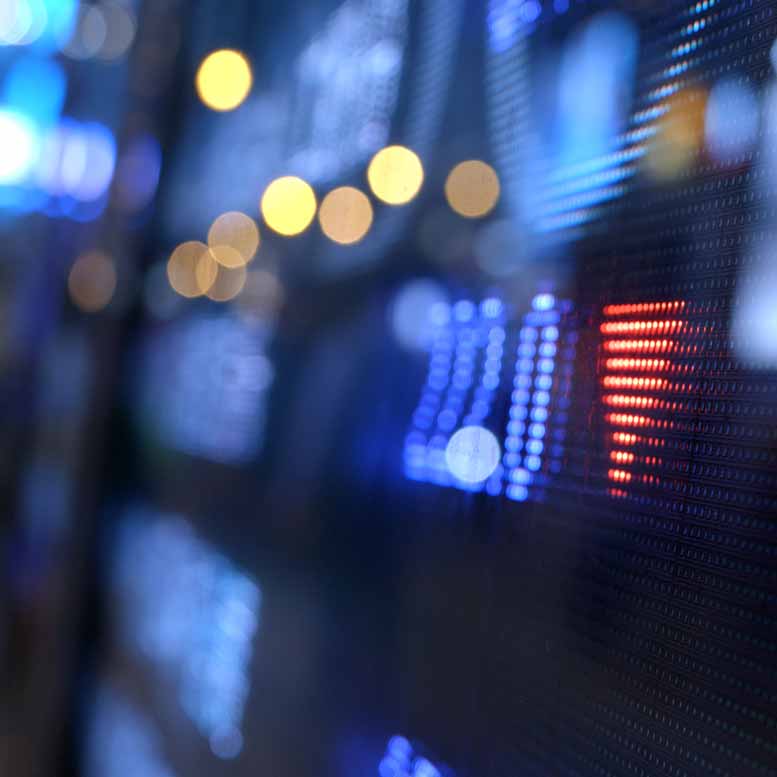Remember March 10, 2000?
That was the day the NASDAQ hit its peak of 5132.52 and then went on to lose 78% of its value until it hit bottom on October 9, 2002 at 1114.11. On March 10, 2015 the NASDAQ closed at 4,942.44, just 190.08 points shy of the all time high of 5132.52.
Remember at the end of the 1990s investors were filled with, as Alan Greenspan put it, “irrational exuberance?” We wanted big ideas rather than those old-fashioned solid business plans. The tech dreamers came with their big ideas, little experience and minimal sales in pursuit of “eyeballs.” “Eyeballs,” you might wonder now scratching your head, “eyeballs?”
Yes, getting people to your website and looking around was the measure of a good business plan. Get the people to come and worry about the rest later was considered OK. There had definitely been a paradigm shift that confidence says trust.
The first two years of the New Millennium were tough for those of us who lost a lot of money.
Once my own depression lifted and allowed me to see what flaws in my relationship to money had caused my over investing in technology stocks, I was free to move forward. I joined an investment club, found a new money advisor and learned to diversify. Writing my book, Crazy About Money, was motivated from my own pain of losing money and wanting to help others not make the same blunders that had blind-sided me
Over the last 15 years what have we learned?
After the next crash 6 years later, the entire country was demoralized, people lost jobs and everyone was wondering whether we would ever recover. Fortunately for me, 2008 wasn’t so bad as I’d learned a few lessons and had become more diversified and more conservative. I also had trust in the people advising me so I didn’t have that awful churning in my gut day after day.
Now we once more are at record highs. The world stage is swirling with conflict, but the dollar is strong and the US economy is chugging along. Stocks are at decent valuations and based on traditional business plans. Because there are so many uncontrollable forces that can influence the market, no one can claim trustworthy predictions. The more seasoned of us expect that something will rock the markets sometime
But who knows when.
What we have learned I hope is that balance in the form of diversification, balance in our emotional relationship to money and balance in who we can trust to make good financial decisions will prevail and sustain us through good and bad times.

